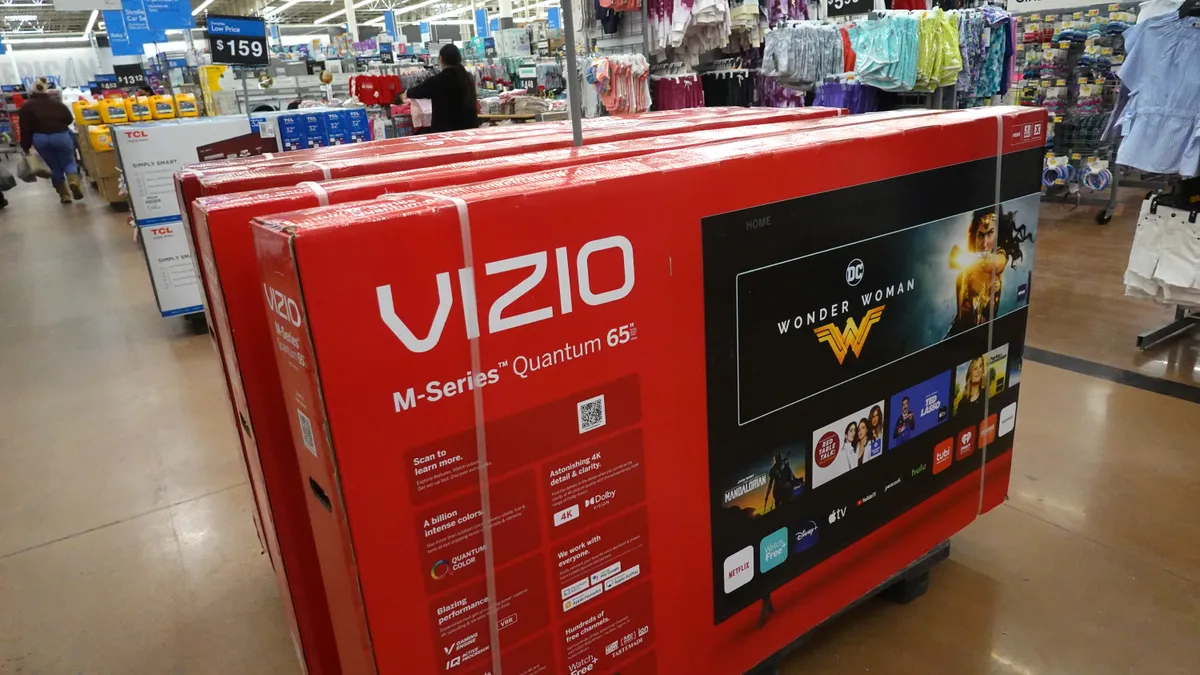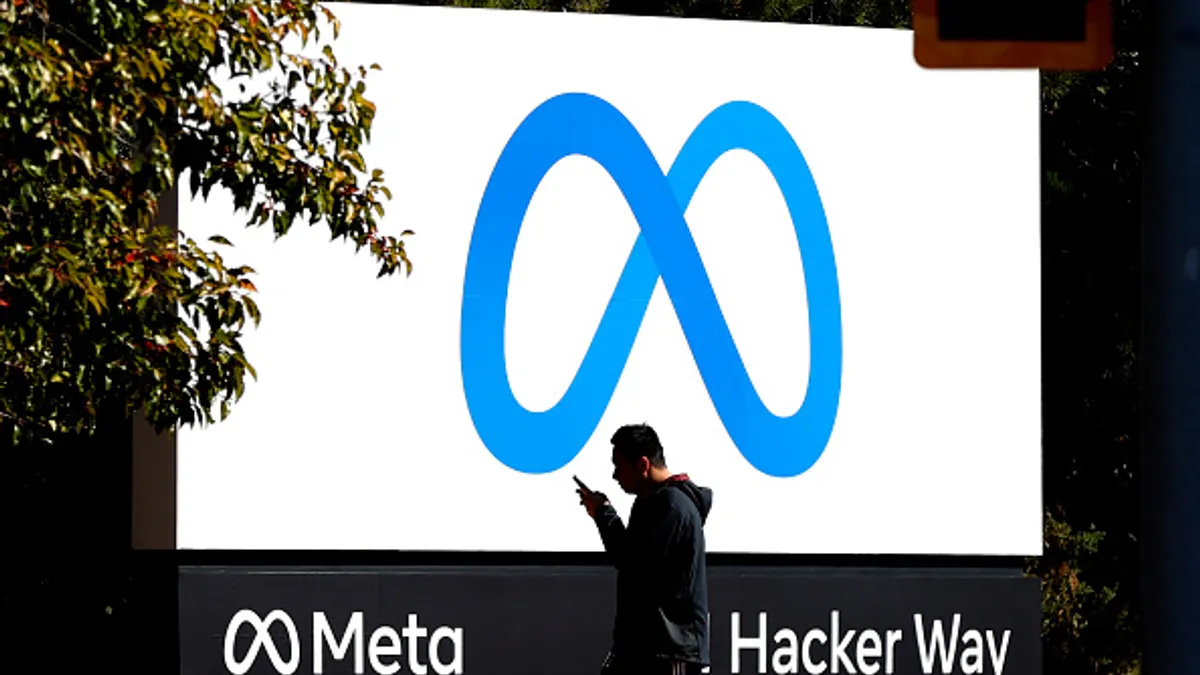The following is a guest post from Thomas Bauer, partner in McKinsey & Company's Marketing & Sales Practice.
You may think you own your brand, but you don't. Customers do at least as much as you do. Their perception determines what your brand can do: the competitors it can outperform, the products it can support and the price premium it can generate. And as companies look to drive new growth, understanding how their portfolio of brands can help tap into new customer segments, launch new product opportunities and enhance customer experience is becoming a core capability.
Equally, no brand can be everything to all people. On the contrary, the sharper the profile of your brand, and the more differentiated its proposition, the bigger your chance is to stand out from the crowd. Understanding what customers need will not only help you optimize your brand positioning, it will also enable you to send messages that resonate with your target audience and put your marketing dollars to good use. Even the biggest activation budget will evaporate if you don't use it to push the right buttons. In contrast, even a small budget can go a long way if you play your cards right.
Applying the science
To generate the fact base, you need a combination of quantitative market research and smart analytics that tell you what customers value, to what extent your brand delivers it and which levers you can pull to improve your performance relative to your competitors.
In our experience there are five key success factors when it comes to using insights to find the right brand messages to drive return and strengthen the business.
Slice and dice your audience
Select and describe your target customers with care; needs and brand perception often differ widely between customer groups. In most markets, different customer types want different things, and they take different paths as they make up their minds about a purchase decision. Successful companies acknowledge these differences and tailor their messages to different customer groups, or segments, accordingly. These companies differentiate their brand portfolios — both on the corporate and the product level — to serve different customer segments. That means understanding the relevant brand attributes and benefits by customer segment. In a similar spirit, every brand manager should make conscious choices about which customers to go after and which ones to avoid.
Put your brand to the test
To find out what your brand is like, you need to compare its performance with competitors throughout the customer purchase journey. Zooming in on the biggest gaps will make sure you spend your time and money where they will have the biggest impact.
Different frameworks are available to measure a brand's performance to model a customer's decision process. Whether you choose the classic brand purchase funnel, decision journey framework or something more proprietary, remember when reviewing the outputs to go beyond absolute values (such as "21% of all customers buy my brand") and look at the conversion rate from one stage to the next (e.g. "half of those who consider my brand end up buying it"). This will get you closer to the kinds of insights that are relevant for your brand management decisions and help identify the true performance gaps to focus on.
Find out what customers want
Get ready to be surprised by what customer insights can tell you about why people behave the way they do. Done right, brand research will reveal the root causes behind customer decisions, causes that even they themselves are sometimes not aware of or do not want to articulate. For this reason, it's important to analytically derive answers — not just accept them at face value. To put it in technical terms, you need to find out which brand attributes drive the purchase decision.
Typically, only a few attributes really matter, and their relevance differs greatly depending on which funnel stage you examine. While dumping prices may be great to attract initial attention, building long-term loyalty requires strengths in areas such as product reliability and superior service. Even today, some companies are wasting millions by talking about attributes that don't contribute to what they're trying to achieve in the marketplace.
Take stock of strengths and weaknesses
Ultimately, what counts is how customers see your brand, even if this perception is sometimes at odds with the facts.
An assessment of the objective situation is crucial to develop a robust action plan. If you're already good at something that matters, but people just don't know about it, you might fix the gap in perception by way of communication — by talking about it more, or in other media than before, or in ways that make a given attribute more tangible to your target audience. But if you have an actual performance gap in a relevant dimension, such as shorter battery life than your competitor or higher maintenance cost, don't talk about it before you have fixed the underlying problem. If you deny an actual weakness or claim a strength you don't really have, customers will stop trusting your brand. To create a quick overview of the biggest opportunities, as well as potential pitfalls, rank the brand attributes according to their relevance and map the performance of your brand against its key competitor.
Map out your options and make a plan
The potential to generate insight is infinite, but in real life you have to pick your battles. There might be any number of opportunities to improve your brand's performance through fact-based repositioning, but you have to go after the most promising options. If you try to tackle too many issues in parallel, you risk overtaxing your team, running out of budget midstream and confusing customers — none of which you can afford to do. So prioritize your actions and synthesize your findings into what we refer to as the matrix of options. Use one axis to plot relevance of brand attributes that drive purchase funnel performance and the other for the performance of your brand on that particular attribute relative to the competition.
Eat, sleep, analyze, repeat
This insights program is not a one-hit task. You must establish a feedback loop so you can assess success and move with your audiences. To check whether your insights-based positioning work is paying off, enlist the services of a research agency to help quantify the ROI and highlight areas that deserve further attention. On top of periodic larger scale surveys, social listening can help to track performance on certain brand attributes, even related to particular campaigns, to get faster feedback. Keep in mind that consumer needs will evolve over time, and that your competitors may try to reshape the market by changing or refining their propositions as well. Success comes from keeping up with consumer needs and behavior.


















